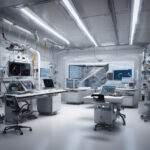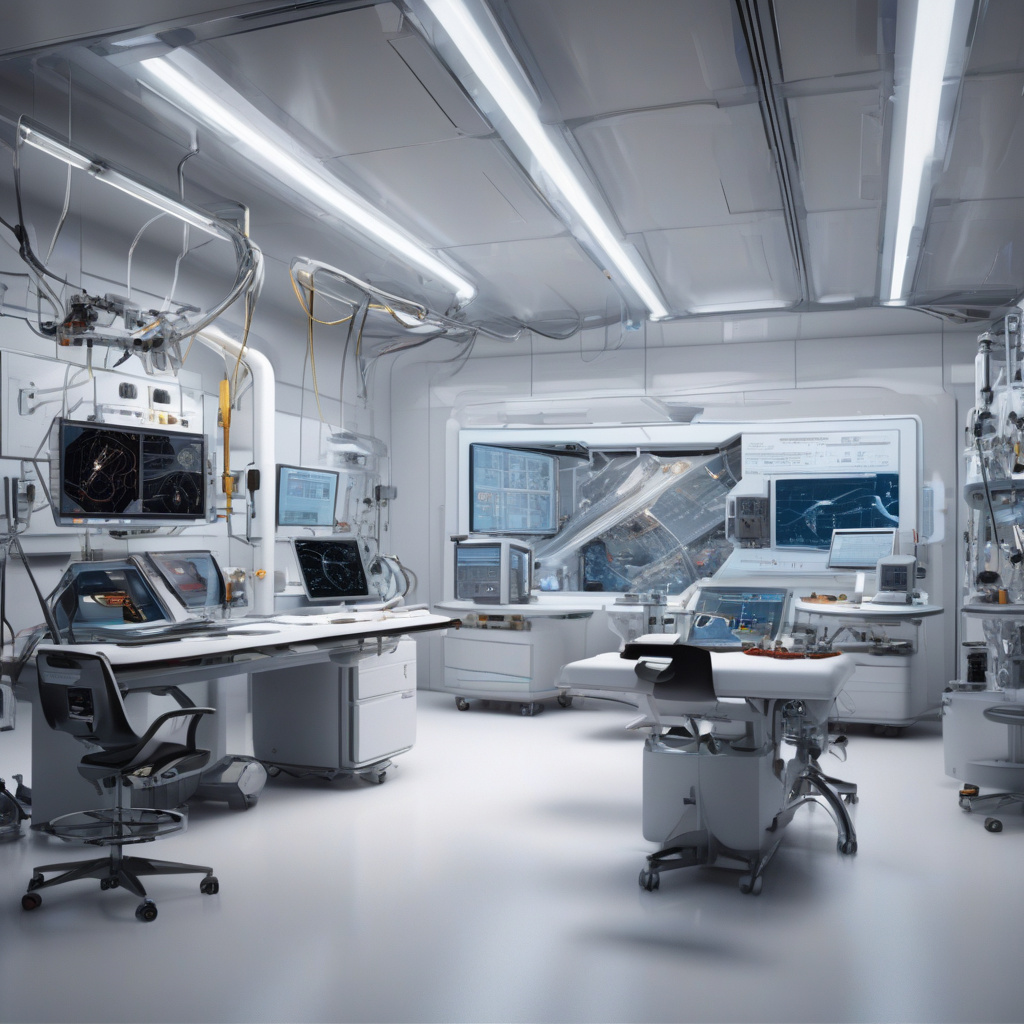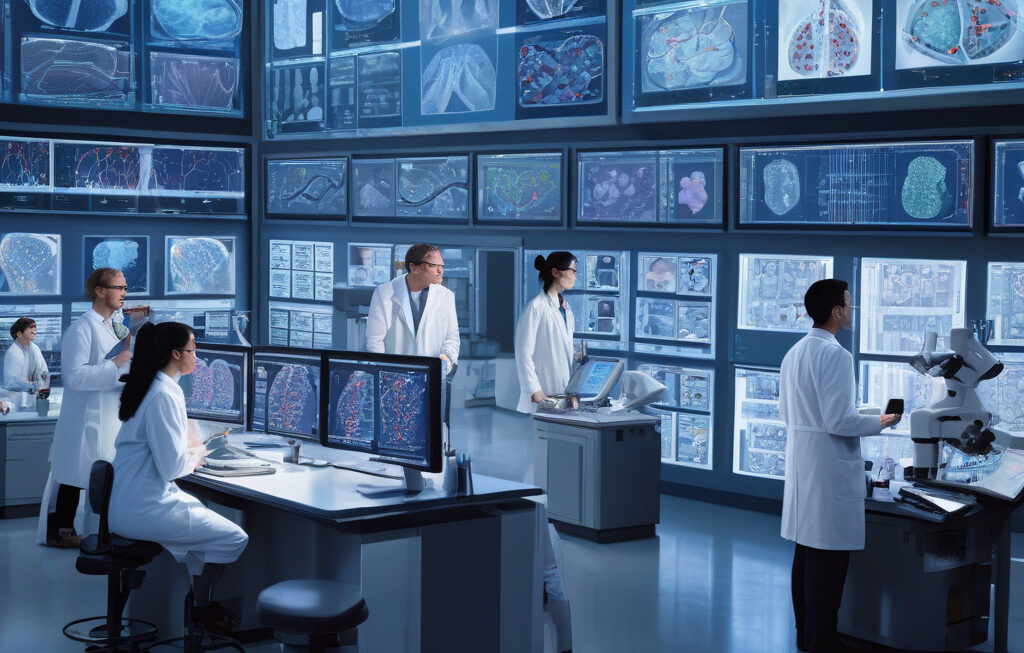Swiss Startup Turns NASA-Inspired Mars Tech into Bridge, Aircraft Crack Detector
A Swiss startup’s wave physics software, which was originally designed to study the Red Planet, has found a groundbreaking application here on Earth. The innovative technology, inspired by NASA’s exploration of Mars, is now being used to detect cracks in bridges and aircraft, revolutionizing the way structural integrity is monitored and maintained.
The startup, founded by a team of engineers and physicists, harnessed the power of wave physics to create a sophisticated software system capable of identifying minuscule cracks and defects in various structures. By utilizing algorithms originally developed for analyzing seismic waves on Mars, the software can pinpoint potential weak points in bridges, aircraft fuselages, and other critical infrastructure with unparalleled precision.
This cutting-edge technology represents a significant advancement in the field of structural health monitoring. Traditionally, detecting cracks and defects in bridges and aircraft has been a time-consuming and labor-intensive process, often requiring manual inspections that are both costly and prone to human error. By automating this process with advanced wave physics software, the Swiss startup has not only improved the accuracy of crack detection but also significantly reduced the time and resources required to assess structural integrity.
The implications of this innovation are far-reaching. By enabling real-time monitoring of structural health, the technology can help prevent catastrophic failures and accidents, ultimately saving lives and resources. For example, by continuously scanning a bridge for signs of wear and tear, engineers can proactively address maintenance issues before they escalate, ensuring the safety and longevity of the structure.
Moreover, the application of NASA-inspired technology to terrestrial challenges highlights the potential for cross-pollination between different fields of science and engineering. By drawing inspiration from space exploration, the Swiss startup has demonstrated how cutting-edge research conducted in one domain can be translated into practical solutions that benefit society as a whole.
As we look to the future, it is clear that innovations like this one will play a crucial role in shaping our world. By leveraging the latest advances in technology and science, we can address pressing challenges, improve safety standards, and drive progress in various industries. The Swiss startup’s transformation of NASA-inspired Mars tech into a bridge and aircraft crack detector serves as a testament to the power of innovation and collaboration in solving complex problems.
In conclusion, the convergence of wave physics, NASA-inspired technology, and structural health monitoring represents a significant milestone in the ongoing quest for safer and more resilient infrastructure. By harnessing the principles of wave physics to detect cracks and defects, the Swiss startup has paved the way for a new era of proactive maintenance and risk mitigation. As we continue to push the boundaries of what is possible, it is innovations like this that will propel us towards a brighter and more sustainable future.
Swiss, startup, NASA, Mars tech, crack detector












